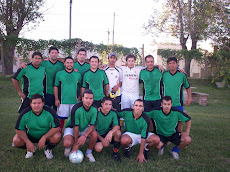
Vladimir Propp was a Russian formalist scholar who analyzed the basic plot components of Russian folk tales to identify their simplest irreducible narrative elements.
He extended the Russian Formalist approach to the study of narrative structure. In the Formalist approach, sentence structures were broken down into analyzable elements, or morphemes, and Propp used this method by analogy to analyze Russian fairy tales. Propp was able to arrive at a typology of narrative structures.
Propp's approach was not intended to unearth meaning in the fairy tales he examined (as may be the case with Structuralist or Psychoanalytic analysis), nor to find the elements that differentiate one tale from another, but to unearth the elemental building blocks that formed the basis of their narrative structure.



